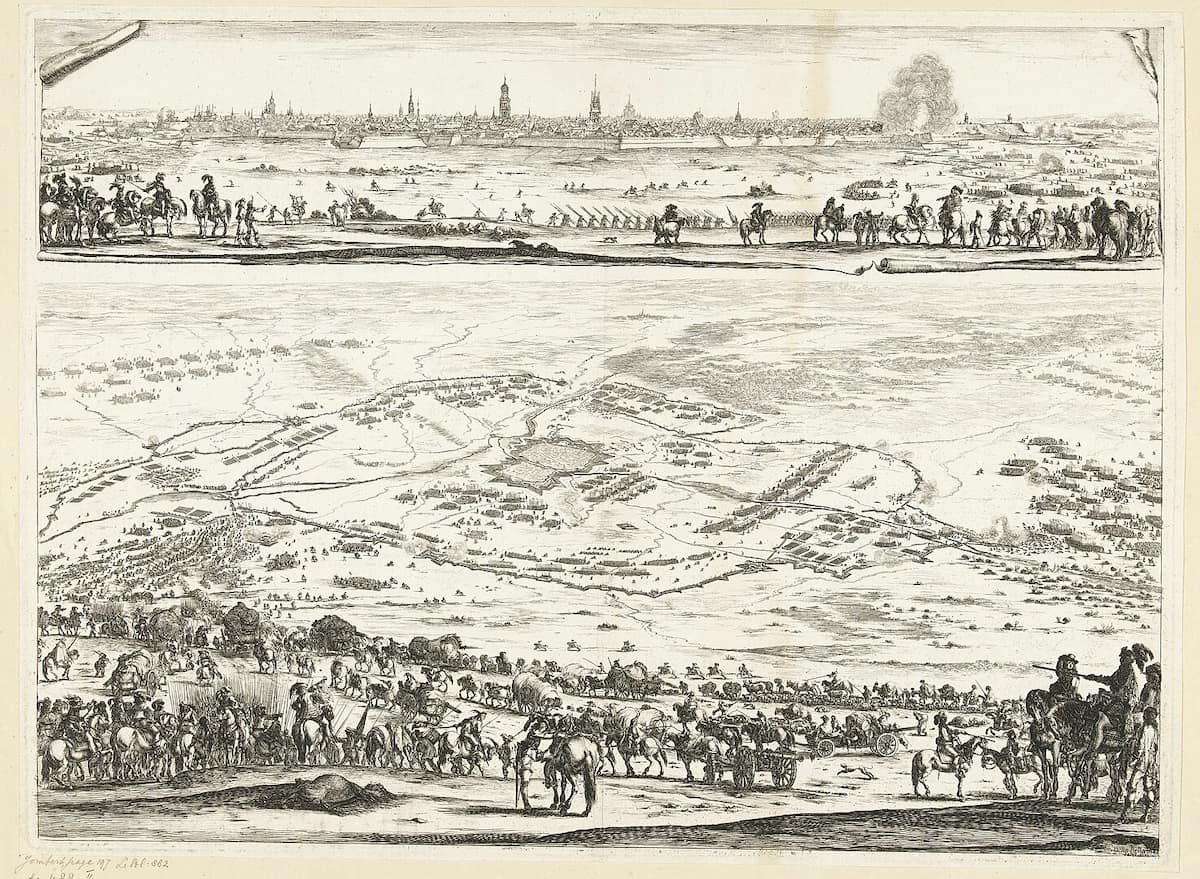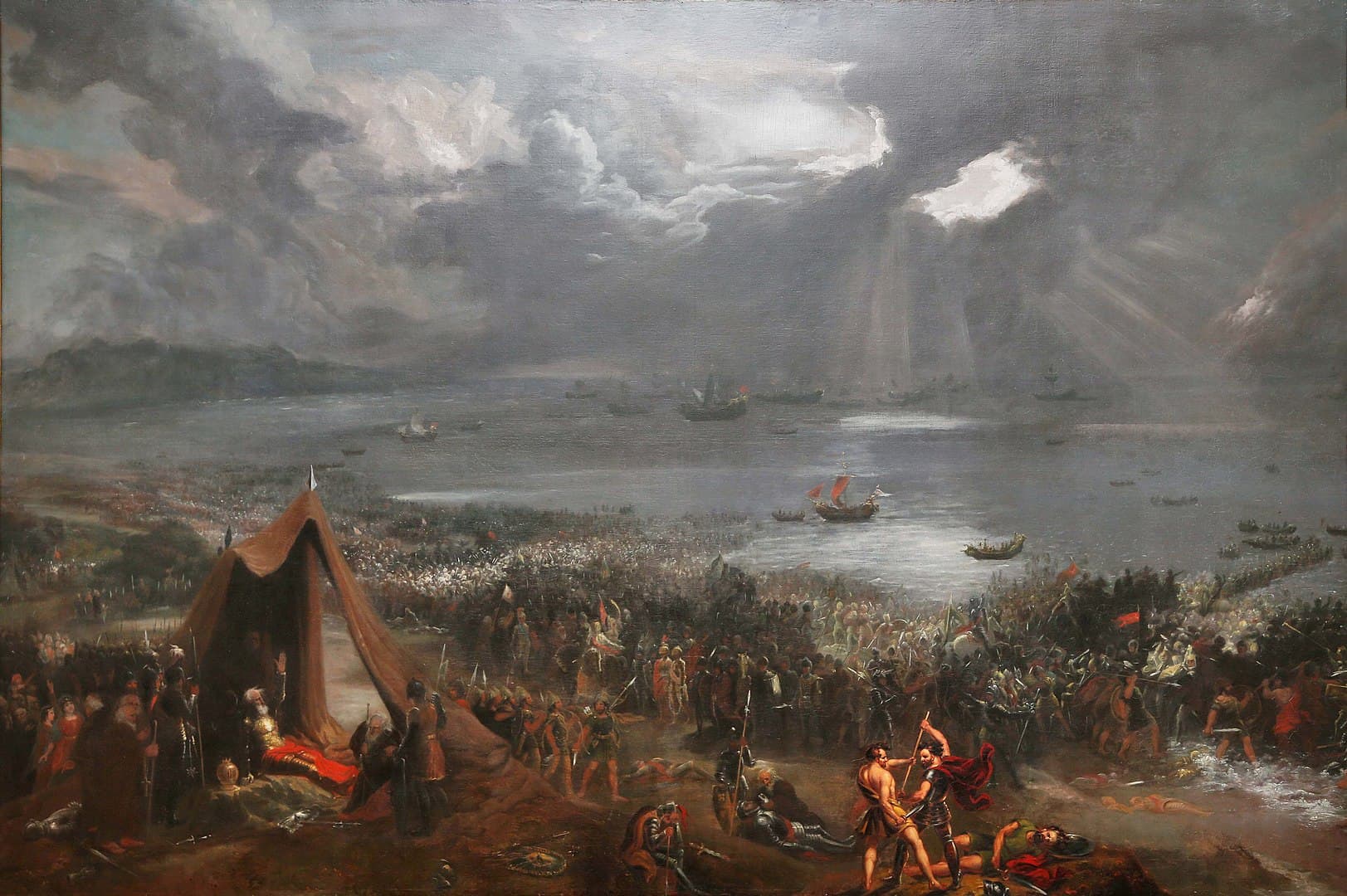Siege of Arras (1640)
The Siege of Arras (1640) was a military conflict that took place during the Thirty Years' War and the Franco-Spanish War. It involved the siege of the city of Arras by the French forces led by Louis XIII and his chief minister Cardinal Richelieu.






